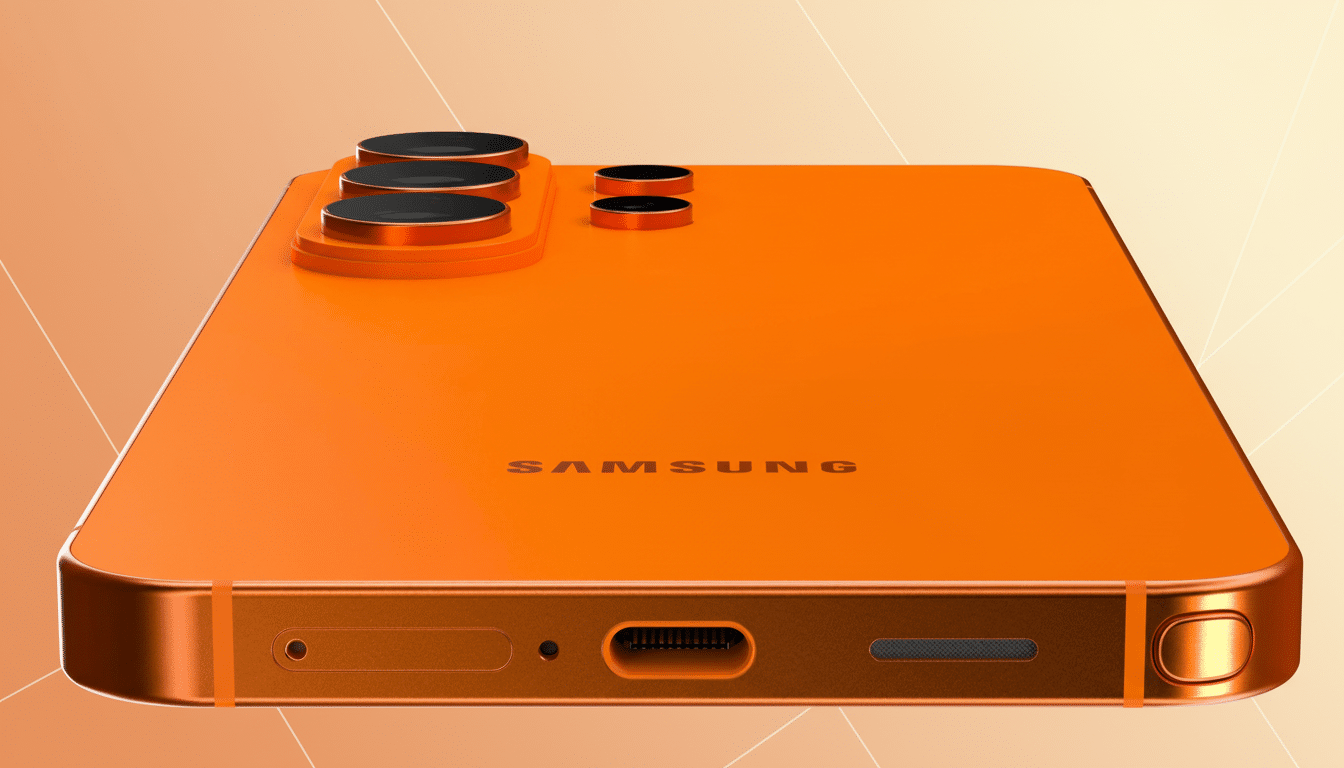If you were wishing that Samsung would keep prices under control again, do not bet on it. A widely quoted report from Korea says the Galaxy S26 series is on course for higher price tags, with growing component costs putting pressure on margins that are becoming more difficult to ignore.
What’s Behind The Prospect For Higher Prices
ET News, via OnMSFT, citing an internal Samsung evaluation, says the prices of several core components are going up at the same time—never a good sign for final retail pricing. Mobile chipset costs increased approximately 12% compared to last year’s average, camera module costs rose about 8%, and LPDDR5 memory costs soared more than 16%, the report said.

The memory spike follows industry data. TrendForce has noted a steady recovery in DRAM pricing supported by tight supply and strong AI demand, a trend that spills over into mobile-grade LPDDR. For processing, advanced-node chips are still expensive as foundries continue to focus on high-performance computing and scale up 3nm capacity. Even camera modules aren’t safe: bigger sensors, complex optics and multi-lens systems have propelled module pricing upward across the premium tier.
Why the Galaxy S26 may not repeat the S25 pricing restraint
Samsung, per CNET, kept US prices for the Galaxy S25 line in check, as it did with the S24 series. It is more difficult to replicate that restraint when a range of inputs head north all at once. Research firm Counterpoint Research has demonstrated that global smartphone average selling prices are moving upward as brands push on with premium features while also dealing with increased bills of materials.
Do the math: if the BOM (bill of materials) creep for a flagship is, say, $20–$40 thanks to silicon and memory and camera jiggery-pokery, then once distribution markup and marketing monies and warranty set-asides are accounted for (not adding in UPS fees), that retail ripple can become a big wave. ODMs usually either pass along some of the increase, prune away less-noisy specs, or inflate spiffs to absorb more of the irateness from the channel.
How Samsung Might Deal With The Sticker Shock
Samsung has levers. It can push for volume discounts, reuse parts known to deliver value where they don’t present a headline deficit on the spec sheet, and play games with regional sourcing of chips between in-house Exynos and Qualcomm chips to control costs. Some configurations might keep base storage or charging specs in line with Apple’s past approach to protect margins, while the pricier models reflect state-of-the-art hardware.
Anticipate aggressive trade-in values, carrier subsidies, and debut credits to take on greater significance. These strategies keep the sticker price (and perceived premium positioning) but diminish the out-of-pocket pain for early adopters. It’s a playbook we have seen used in recent Galaxy launches and from rivals who are vying for the same flagship buyers.

What a higher MSRP might look like on Galaxy S26 models
In the US, starting prices for the S25 family included:
- $800 for the base model
- $1,000 for the Plus
- $1,300 for the Ultra
If the trend of onesie-twosie inflation on components continues into S26, a modest bump is not unreasonable—think $50 or so on some trims. Regional prices may fluctuate more, as currency swings and local taxes add to underlying cost pressures.
It may also be that Samsung stratifies features more sharply: it keeps the entry model near a familiar price point and nudges up the Plus or Ultra to signal advanced cameras, larger sensors, or more aggressive AI that requires more memory bandwidth and storage.
Timing And Supply Could Compound Pressure
Korean media had previously suggested a later-than-usual debut period for the new lineup, too. Timing can change for many reasons, but a staggered or delayed launch can indicate yield management on new chip processes or last-minute component balancing. If Samsung has to piggyback more on a single chip supplier, for example, it could constrain supply even more.
Bottom line for buyers weighing a Galaxy S26 purchase
Signs from the supply chain are pointing in one direction: more likely than staying flat, the Galaxy S26 series will inch up in price. ET News, Samsung’s own cost analyses, and trackers from third parties like TrendForce and Counterpoint all seem to indicate the inputs that make a flagship feel like a flagship are becoming more expensive.
If you’re considering an upgrade, budget accordingly and look for pre-order bundles and trade-in plans to take the sting out of any MSRP increase. And if price is the overriding concern, the existing S25 lineup could get steeper cuts once S26 buzz hits full din.

